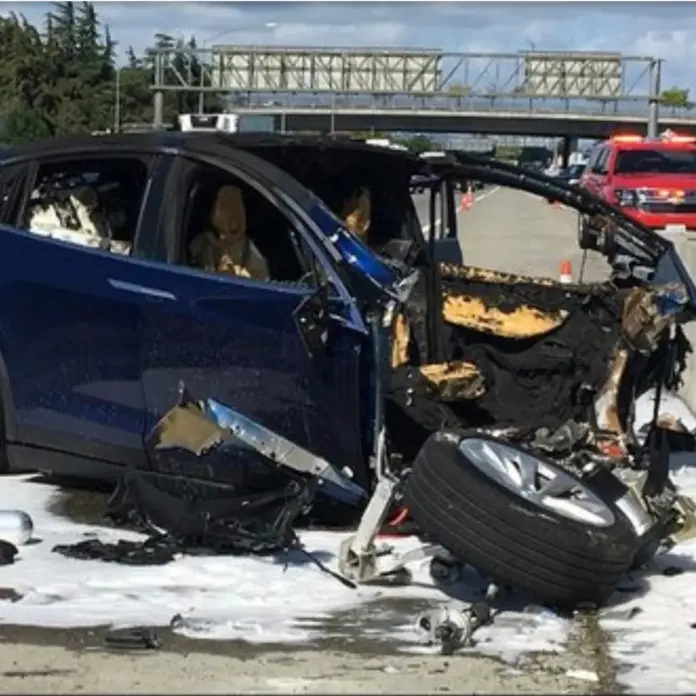In a recent multiple-car crash in Utah, a Tesla driver suffered fatal injuries. The incident occurred on a busy stretch of roadway, Interstate 15 in Salt Lake City. With the much-publicized accidents involving electric cars, this crash raises questions about road safety, the complacent driver, and the Autopilot system of Tesla.
Crash Details: Chain Reaction on Interstate 15
The crash occurred around 7:30 a.m. during morning traffic. According to the Utah Highway Patrol, the Tesla Model 3 figured into a chain-reaction crash. The incident involved multiple cars with multiple injuries and one death.
The driver of the Tesla died at the scene before being attended to by paramedics. Others involved in the accident sustained minor injuries and were treated on the scene. The accident blocked traffic for hours.
The investigation began immediately by closing off some lanes. The lanes were opened for the investigation to collect evidence and for investigators to assess the site.
Investigation Focused on Tesla Autopilot
One crucial aspect is whether the Tesla was operating on Autopilot during this crash. Investigators have begun analyzing the data and onboard systems of the vehicle. There has been no confirmation as of yet as to whether Autopilot was in use.
The National Highway Traffic Safety Administration (NHTSA) is certainly interested. Bills to date assess these various types of crashes involving driver assist features from Tesla. Thus, a new investigation may be launched based on the findings of Utah.
Tesla markets Autopilot as a driver-assistance system. Certain drivers, nonetheless, have diverged and place enormous faith in their capability to drive themselves. Such trust can be highly misplaced and become highly consequential when accidents happen as a result of the driver being distracted.
Witnesses Describe Sudden Movement and Speed
Numerous witnesses described their experiences to the local press, explaining what they had observed. Some say they saw the Tesla speeding from behind before colliding. Others saw it go into an abrupt lane change and hard braking.
The abrupt maneuverings allowed others on the road very little reaction time, thus leading to several cars colliding in quick succession. Investigators are now reviewing dashcam footage and traffic camera video to reconstruct the crash.
Tesla’s Response and Safety Concerns
So far, there has been no comprehensive public statement by Tesla. However, a spokesperson expressed sympathy for the family of the victim and declared that the company would offer its help should authorities deem it necessary.
Tesla usually provided driving logs during past investigations. The relevance of such records might arise again when analyzing the conduct of the vehicle minutes before the crash.
Notwithstanding the backlash, Tesla continues to publicly market its safety features. The company states that its vehicles exhibit low crash rates when driven following the guidelines. However, opponents further contend that this marketing can muddle users’ understanding of the capabilities and limitations of Autopilot.
Conclusion: A Reminder of Road Responsibility
This accident in Utah serves as a particularly painful reminder of the necessity of taking care while driving. Driver attention is still crucially important despite technology. Autopilot acts as an extra hand but should never be considered a driver.
Vigilance and readiness to tackle hazards must always be there. Misperception of technology may lead to a catastrophic end. With more individuals getting behind a smart car, good education, and honest legislation are forced into this discussion.
It must be an unshakable truth: safety must become everyone’s priority; use of this technology alone will not ensure an accident-free existence.








